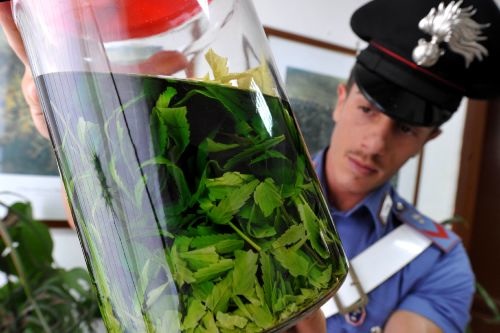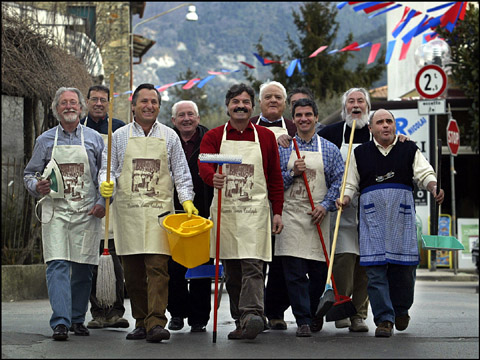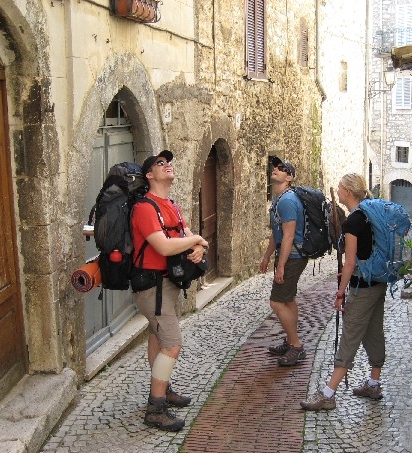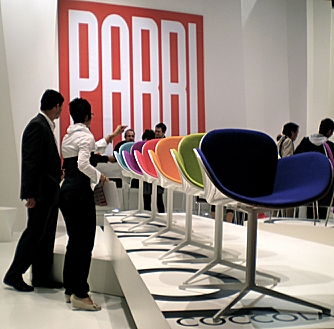
Home brew? Pot steeping in alcohol. Photo: ANSA.
Police in Italy arrested a 60-year-old Naples man for a concoction he made out of marijuana.
They called his invention “marjiuancello,” in honor of the lemon liqueur limoncello commonly found there.
Manlio Chianchiano had a home cannabis garden of 10 plants that he grew with the idea of turning his home distillery into something special.
It’s fairly common to find homemade liqueurs in Italian households — from limoncello to nocino (made from walnuts) and different types of bitters — but this is the first time the very Italic knack for invention has been taken to this extreme.
We’ll never know if his libation was any good — he was still macerating the pot leaves in pure alcohol when police came in to check up on reports that he was growing marijuana at home.








